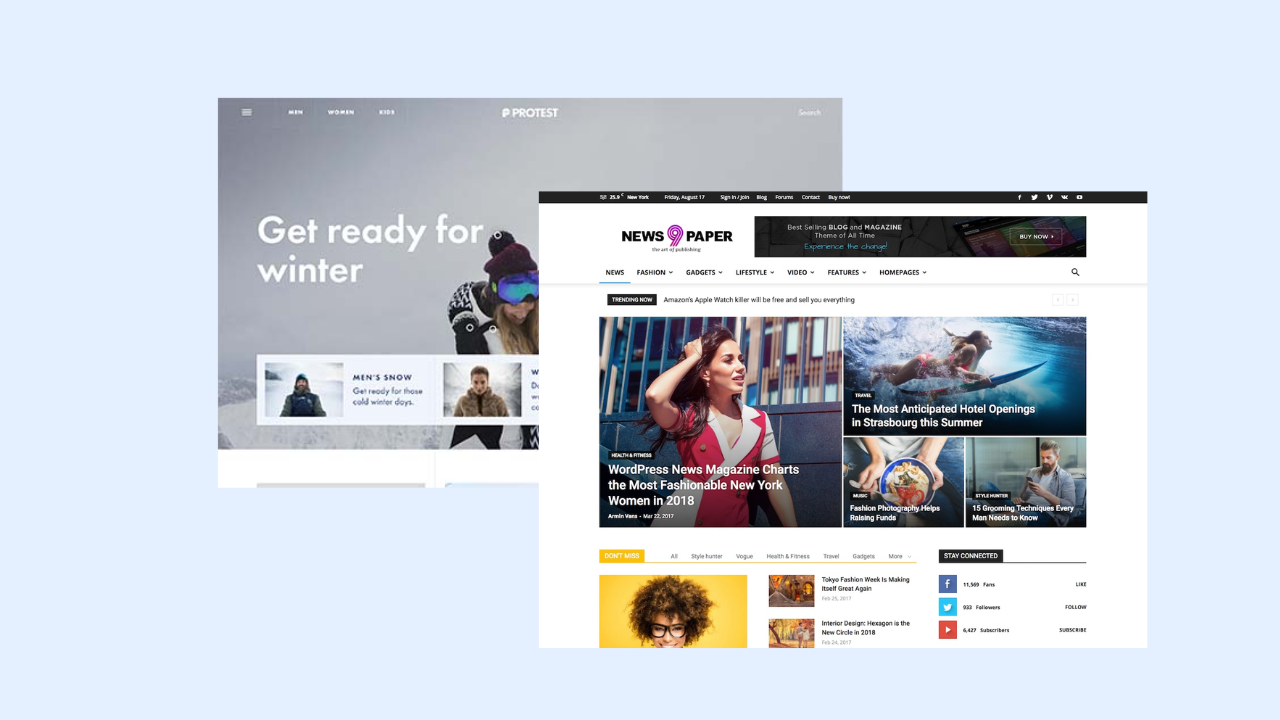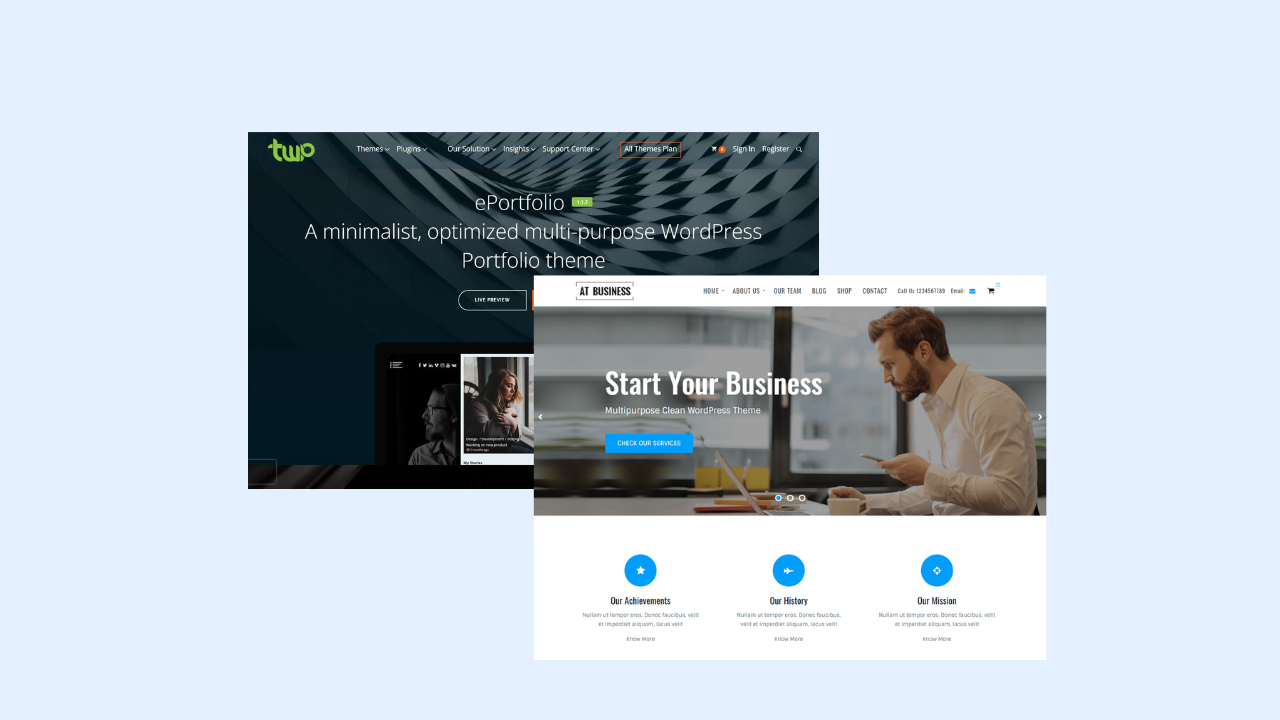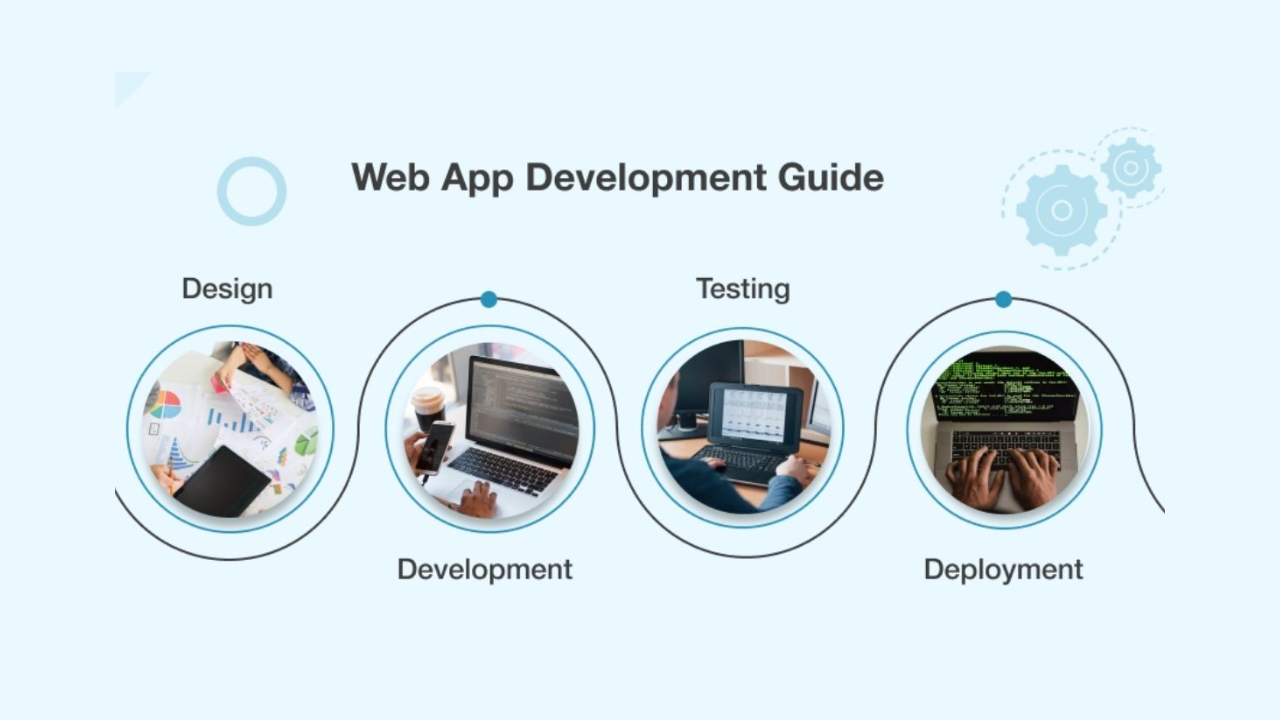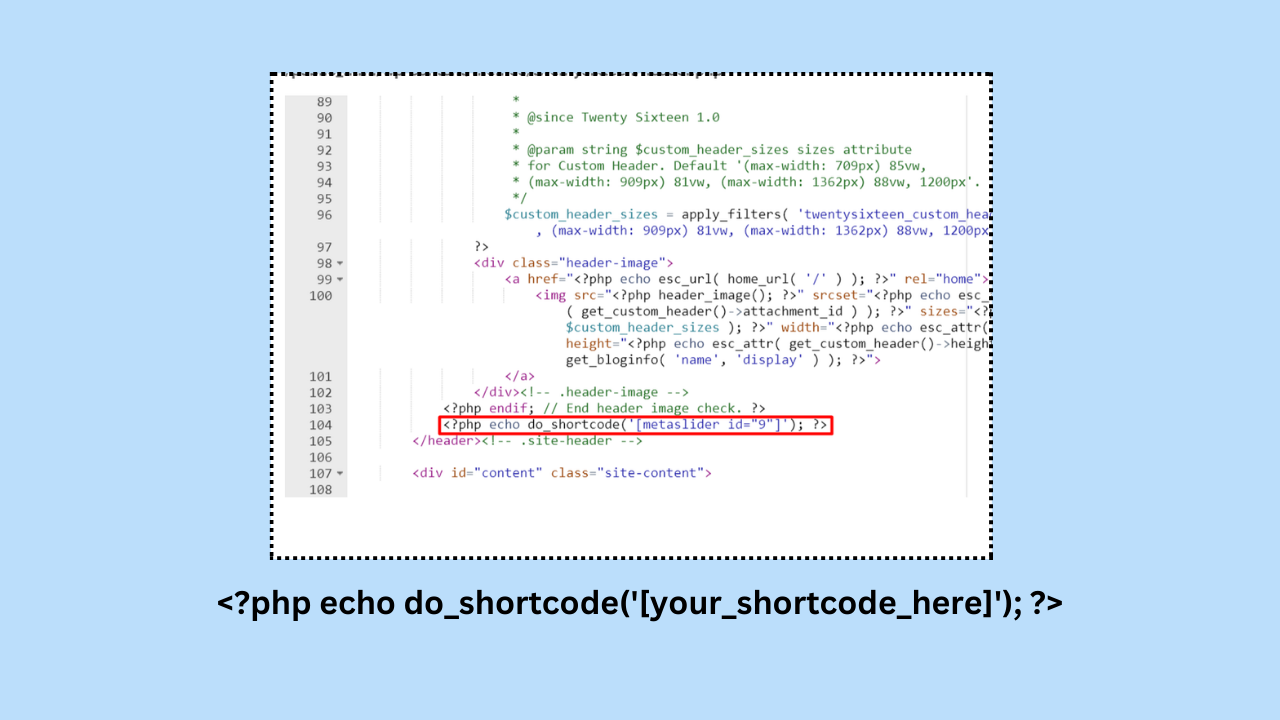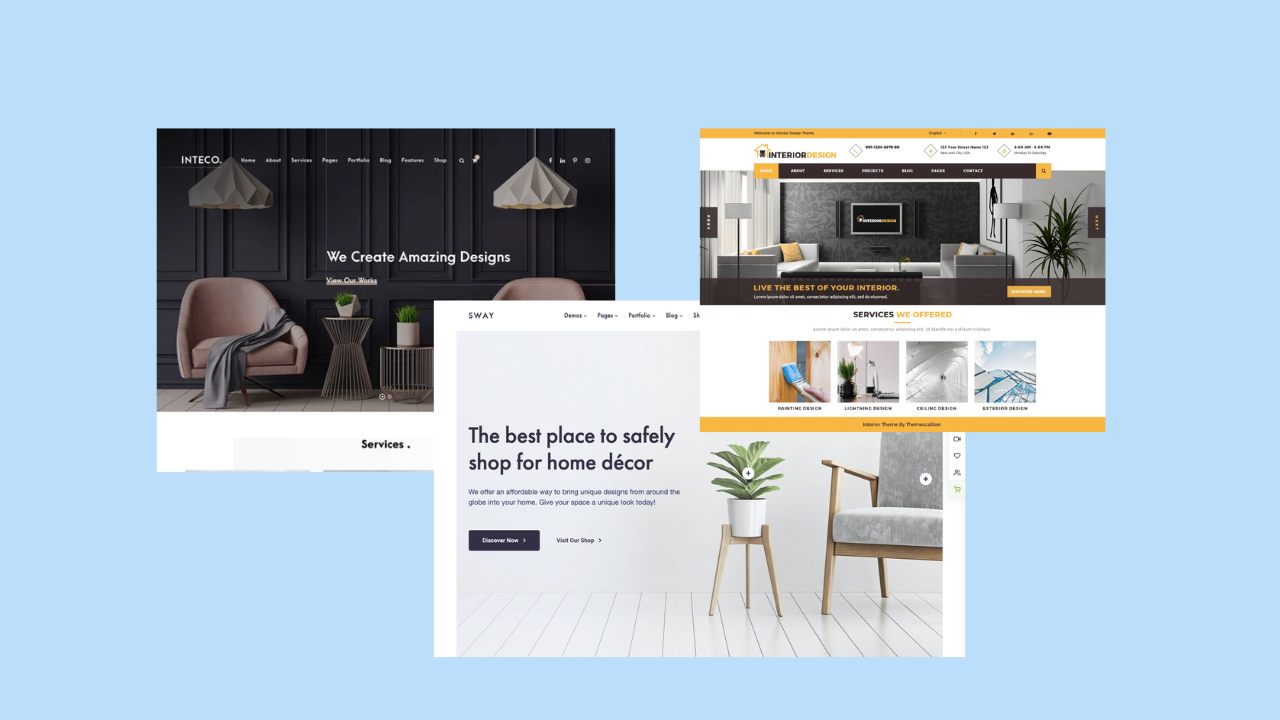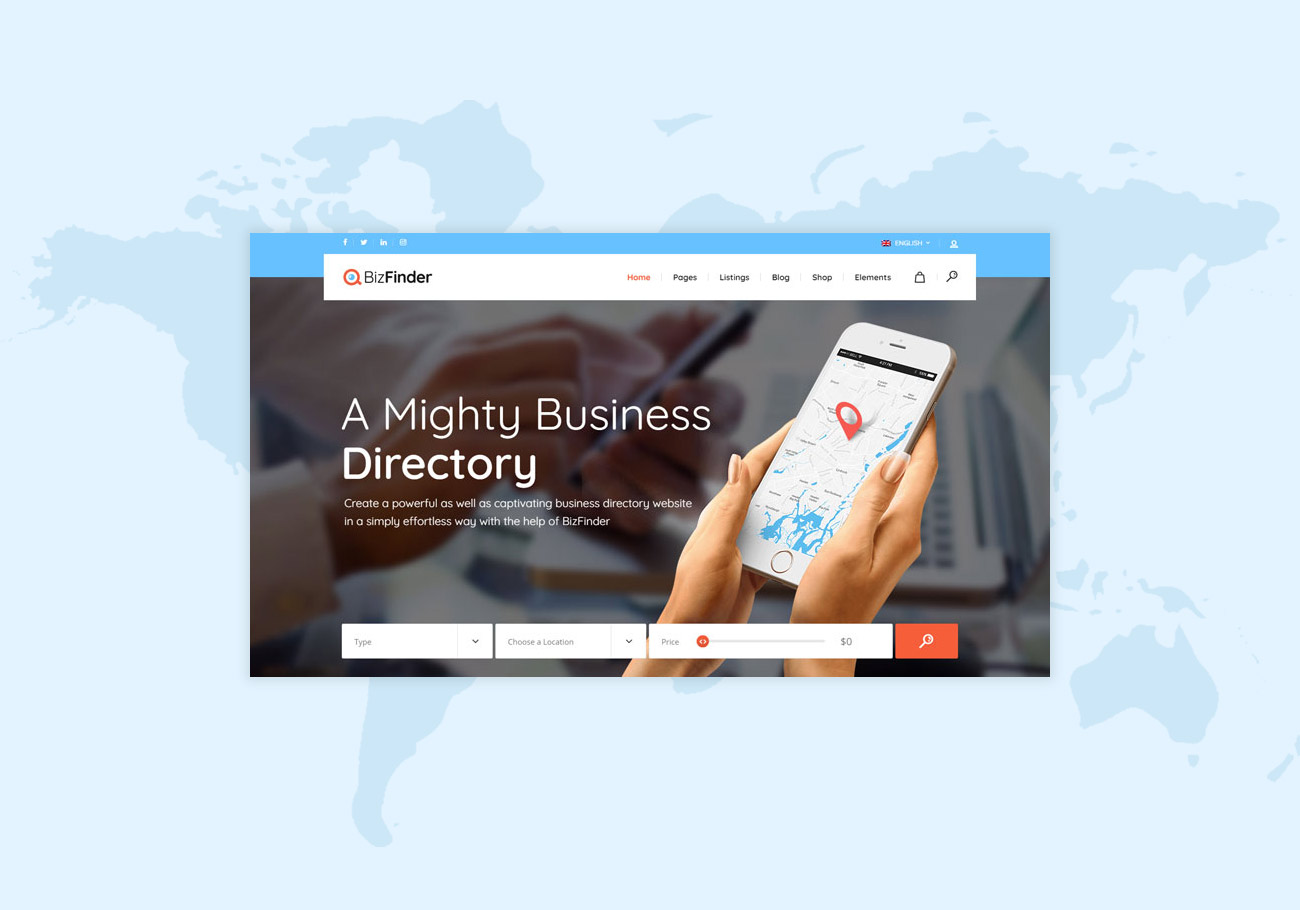Creating a captivating and memorable presentation often requires creative ideas that engage your audience. Here are over 100 creative presentation ideas to help you steal the spotlight:
- Storytelling:
- Share a personal or relevant story to connect with your audience.
- Interactive Quizzes:
- Engage the audience with live quizzes and polls.
- Surprising Statistics:
- Start with a shocking or surprising statistic to grab attention.
- PechaKucha:
- Create concise presentations with exactly 20 slides, each displayed for 20 seconds.
- Live Demonstrations:
- Show how something works in real-time.
- Mystery Box:
- Use a mystery box to reveal key points as you progress through your presentation.
- Visual Metaphors:
- Use powerful images or symbols to represent your ideas.
- Virtual Reality (VR):
- Create a VR experience to immerse your audience.
- TED-Style Talks:
- Follow the TED format with a captivating story or idea.
- Typography Art:
- Create visually appealing slides with typography art and animated text.
- Whiteboard Animation:
- Use whiteboard animation tools for an engaging visual style.
- Unconventional Slide Design:
- Experiment with non-traditional slide layouts and transitions.
- Solve a Problem:
- Present a problem and offer a solution as the main theme.
- Use of Props:
- Incorporate physical props or objects into your presentation.
- Live Sketching:
- Have a live sketch artist illustrate your presentation as you speak.
- Music and Sound Effects:
- Enhance your presentation with background music and sound effects.
- Role Play:
- Act out scenarios or characters to illustrate your points.
- Voice Narration:
- Include a voiceover to guide your audience.
- Themed Presentations:
- Base your presentation on a specific theme or concept.
- Metaphor Icebreakers:
- Start with an analogy or metaphor related to your topic.
- Mind Mapping:
- Use mind maps to visually represent ideas and their connections.
- Inspirational Quotes:
- Incorporate inspiring quotes that relate to your message.
- Trend Analysis:
- Discuss current trends and their impact on your subject.
- Hypothetical Scenarios:
- Present hypothetical situations and discuss their outcomes.
- Comedy and Humor:
- Use humor to lighten the mood and engage your audience.
- Real-life Case Studies:
- Share real examples and success stories.
- Artistic Visuals:
- Incorporate artwork and paintings into your presentation.
- Video Clips:
- Include short video clips to emphasize key points.
- Color Psychology:
- Choose colors that convey specific emotions and messages.
- Emotionally Charged Content:
- Share stories and content that evoke strong emotions.
- Use of Infographics:
- Create and incorporate infographics to simplify complex data.
- Augmented Reality (AR):
- Use AR apps to overlay digital content onto the real world.
- GIFs and Memes:
- Include relevant GIFs and memes to add humor and relatability.
- Collaborative Workshops:
- Turn your presentation into a collaborative workshop.
- Minimalistic Design:
- Use clean and minimalistic design elements for a modern look.
- Historical Analogies:
- Draw parallels between historical events and your topic.
- Live Streaming:
- Live stream your presentation to reach a broader audience.
- Surprise Ending:
- Build anticipation and end with a surprising twist or reveal.
- Two-Minute Silence:
- Include a brief silence for reflection and impact.
- Hands-on Demonstrations:
- Let the audience try a hands-on activity or experiment.
- Hidden Content:
- Reveal hidden messages or images throughout the presentation.
- Rapid-Fire Q&A:
- Conclude with a rapid-fire question and answer session.
- Artistic Transitions:
- Use artistic transitions between slides for a seamless flow.
- Non-linear Storytelling:
- Present information out of order to keep the audience engaged.
- Audience Participation:
- Involve the audience with live polls and discussions.
- 3D Models and Printing:
- Showcase 3D models and even 3D print during the presentation.
- Projection Mapping:
- Use projection mapping to create a unique visual experience.
- Historical Recreations:
- Reenact historical events or scenarios.
- Future Predictions:
- Make bold predictions about future developments.
- 360-Degree Photos and Videos:
- Use 360-degree content for immersive storytelling.
- Use of AR Filters:
- Create AR filters related to your presentation topic.
- Live Polls with Prizes:
- Conduct live polls and offer prizes for participation.
- Incorporate Nature:
- Use natural elements like plants and water features in your presentation space.
- Alternate Reality Games (ARGs):
- Design an ARG for your audience to play during the presentation.
- Mobile App Integration:
- Create a mobile app that complements your presentation.
- Custom Fonts and Typography:
- Use custom fonts to give your presentation a unique look.
- Hand-drawn Visuals:
- Use hand-drawn visuals to convey a personal touch.
- Simulations and Simulators:
- Use simulators to immerse your audience in a virtual experience.
- Product Unboxing:
- Unbox a product as part of your presentation to showcase its features.
- Audience Puzzles:
- Present puzzles or riddles for the audience to solve.
- Reverse Engineering:
- Begin with a final result and deconstruct how you got there.
- Travel and Cultural Insights:
- Share experiences and cultural insights from your travels.
- Data Visualization:
- Use creative data visualization techniques to present complex information.
- Use of Augmented Reality Books:
- Create an augmented reality book for your presentation.
- Themed Dress Code:
- Encourage the audience to dress according to a theme.
- Choose Your Own Adventure:
- Let the audience make choices to influence the presentation’s direction.
- Geolocation Features:
- Include geolocation elements to tailor content to the audience’s location.
- Reveal Progressively:
- Reveal content piece by piece to build anticipation.
- Futuristic UI Elements:
- Use futuristic user interface elements in your design.
- Awards and Recognitions:
- Showcase awards and recognitions to build credibility.
- Audience Interviews:
- Interview audience members as part of your presentation.
- Holographic Projections:
- Use holographic technology for 3D projections.
- Dynamic Lighting:
- Implement dynamic lighting effects to enhance the atmosphere.
- Product Creation in Real Time:
- Create a product during the presentation to showcase your process.
- Audience Challenges:
- Pose challenges to the audience and reward the winners.
- Live Animations:
- Use live animations for visual impact.
- Unconventional Materials:
- Design your presentation using unconventional materials or mediums.
- Theatrical Elements:
- Incorporate elements from theater, such as costumes and stage design.
- Transportive Ambiance:
- Create an ambiance that transports the audience to a different world.
- Real-time Data:
- Display real-time data or social media interactions.
- Abstract Art Inspiration:
- Draw inspiration from abstract art for your visuals.
- Historical Artifacts:
- Display or reference historical artifacts relevant to your topic.
- Dynamic Backgrounds:
- Use moving backgrounds or cinemagraphs.
- Voice-controlled Presentations:
- Control your presentation using voice commands.
- Alternative Formats:
- Use flip charts, scrolls, or other unconventional presentation formats.
- Guided Meditation:
- Incorporate a guided meditation or mindfulness session.
- Incorporate Games:
- Add mini-games or challenges throughout your presentation.
- Virtual Tour:
- Offer a virtual tour of a location or space.
- Escape Room Elements:
- Design elements of an escape room for audience engagement.
- Micro-Animations:
- Include subtle animations to enhance visual appeal.
- Unconventional Interaction:
- Allow the audience to interact with your presentation in unique ways.
- Themed Background Music:
- Use background music that complements your presentation’s theme.
- Multi-sensory Experience:
- Engage multiple senses with sights, sounds, and even scents.
- Symbolism and Allegory:
- Use symbolism and allegory to convey deeper meanings.
- Reverse Chronology:
- Present your information in reverse chronological order.
- Soundscapes:
- Create immersive soundscapes to enhance your presentation.
- Easter Eggs:
- Hide fun surprises or Easter eggs within your presentation.
- 3D Printing:
- Use 3D printing to create physical representations of your content.
- Augmented Reality Art Gallery:
- Create an AR art gallery for your presentation.
- Mythical Stories:
- Use mythical and legendary stories to illustrate your points.
- Teaching Moments:
- Turn your presentation into a learning experience.
- Custom Handouts:
- Design custom handouts that complement your presentation.
- Create a Mini-Movie:
- Present your content as a short film or documentary.
- Engage the Sense of Smell:
- Use scents or fragrances to create a sensory experience.
- Infotainment:
- Blend information and entertainment elements in your presentation.
- Use of Augmented Reality Masks:
- Create AR masks related to your content.
- Giant Props:
- Use oversized props or objects to make a statement.
- Physical Puzzles:
- Include physical puzzles or challenges for the audience.
- Tangible Handouts:
- Provide tangible handouts or resources for the audience.
- Chalkboard Illustrations:
- Create illustrations on a chalkboard or whiteboard during the presentation.
- Invisible Ink Secrets:
- Reveal hidden content or messages with invisible ink.
- Personal Anecdotes:
- Share personal anecdotes or experiences related to your topic.
- Live Art Creation:
- Create art or visuals live as part of your presentation.
- Tease Upcoming Content:
- Tease content that you’ll present later in the session.
- Inclusive Language:
- Use inclusive language and consider diverse perspectives.
- Wearable Tech Integration:
- Integrate wearable technology for interaction.
- Physical Obstacle Course:
- Design a physical obstacle course for the audience to navigate.
- Augmented Reality Greetings:
- Greet the audience with personalized AR messages.
- Use of Artificial Intelligence:
- Utilize AI to personalize content during the presentation.
- Unexpected Contradictions:
- Challenge preconceptions with unexpected contradictions.
- Highlight User-generated Content:
- Showcase content created by your audience.
- Bizarre Statistics:
- Share unusual or bizarre statistics to intrigue your audience.
- Bilingual Presentation:
- Present in two languages for a wider audience.
- Time-lapse Videos:
- Use time-lapse videos to demonstrate change or progress.
- Incorporate Animation Loops:
- Use animated loops as visual aids.
- Magical Illusions:
- Incorporate magical illusions into your presentation.
- Diverse Panel Discussions:
- Host a panel discussion with diverse perspectives.
- Custom Augmented Reality Filters:
- Create custom AR filters for your presentation.
- Mind-reading Demonstrations:
- Include mind-reading or psychological demonstrations.
- Language Play:
- Play with language, puns, or wordplay for engagement.
- Sensory Materials:
- Use sensory materials for touch or tactile engagement.
- Artificial Intelligence Art:
- Showcase art generated by AI during your presentation.
- Dystopian Scenario:
- Present a dystopian scenario and discuss solutions.
- Light Painting:
- Use light painting as a visual element.
- 360-Degree Graphics:
- Use 360-degree graphics for immersive visuals.
- Visualize Sound:
- Use visual representations of sound or music.
- Guided Tours:
- Offer guided virtual tours of locations or spaces.
- Hyperlink Storytelling:
- Use hyperlinks in your presentation for non-linear storytelling.
- Unplugged Presentation:
- Present without digital devices or slides for an authentic experience.
- Celebrity Cameo:
- Include a celebrity cameo or endorsement.
- Augmented Reality Museum:
- Create an AR museum with interactive exhibits.
- Diorama Presentation:
- Use dioramas or miniature models for storytelling.
- Sculptural Props:
- Incorporate sculptural props or art pieces.
- Astronomical Insights:
- Share astronomical facts or insights about the universe.
- Historical Reenactment:
- Reenact historical events or scenarios.





